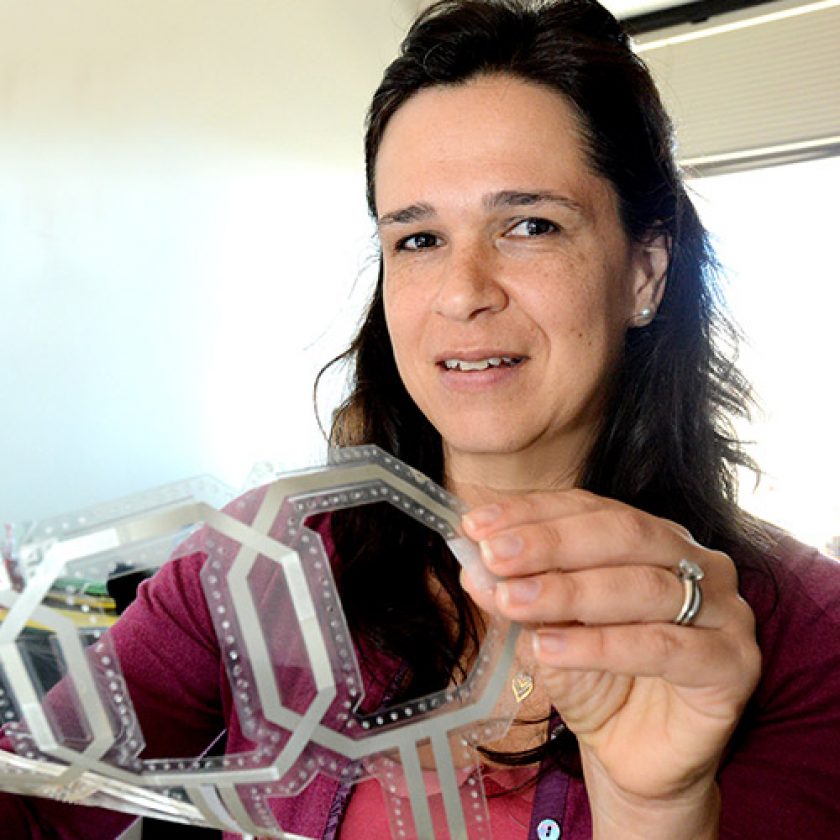Abstract
In recent years, there has been an increased demand for wearable devices, capable of monitoring stress and human performance during physically demanding tasks and fitness levels. Wearable medical devices, for improved in-home care, customized for patients with known health issues that can benefit from regular and even continuous monitoring, are also desired. Regular monitoring of vital signs would help to establish an individual health baseline and alert users and medical professionals of abnormalities indicating that further medical attention and care may be necessary. The minimal functionality desired for wearable medical devices requires monitoring of vital signs such as ECG, temperature, blood oxygenation, pulse rate, blood pressure and respiration rate. We have developed methods to measure pulse rate, blood oxygenation, bio impedance and temperature using fully printed devices as building blocks for flexible wearable sensing systems. Our sensors are fabricated on flexible substrates using printed technologies which allow integration of components maintaining the overall sensor flexibility. We have successfully implemented organic light emitting diodes an all-organic optoelectronic pulse oximeter sensor that functions in transmission and reflection mode. Thermistors are inkjet-printed using a blend of PEDOT:PSS and nickel oxide nanoparticles. Printed thermistors provide linear response from 25 °C to 150 °C with a controllable β of 500 to 1000. Biopotential and ECG electrodes are inkjet-printed using gold nanoparticle ink where minimum feature size of 80 µm was achieved with a sheet resistance of 0.4 Ω/sq. Finally, the sensors were interfaced with an analog front-end, a microcontroller, and a Bluetooth chip, to provide ECG signal and accurate body temperature. As part of the flexible system, we have developed flexible lithium ion batteries based on graphite (anode) and lithium cobalt oxide (cathode). The battery operates at 4.2 – 3.6 V and has capacity of ~ 23 mAh (Active Area = 10.9 cm2) with capacity retention of 99.2 % after 100 electrochemical cycles. The battery was able to power a commercial oximeter with 20mA, at a 3.6V requirement.
Biography
Dr. Ana Claudia Arias is an Associate Professor at the Electrical Engineering and Computer Sciences Department at the University of California in Berkeley and a faculty director at the Berkeley Wireless Research Center (BWRC) and the SWARM Lab. Prior to joining the University of California she was the Manager of the Printed Electronic Devices Area and a Member of Research Staff at PARC, a Xerox Company, Palo Alto, CA. She went to PARC from Plastic Logic in Cambridge, UK where she led the semiconductor group. She received her PhD on semiconducting polymer blends for photovoltaic devices from the Physics Department at the University of Cambridge, UK. Prior to that, she received her master and bachelor degrees in Physics from the Federal University of Paraná in Curitiba, Brazil. Her research focuses on devices based on solution processed materials and applications development for flexible sensors and electronic systems. Ana Claudia is the chair of ThinFilm Electronics Technical Advisory Council.


